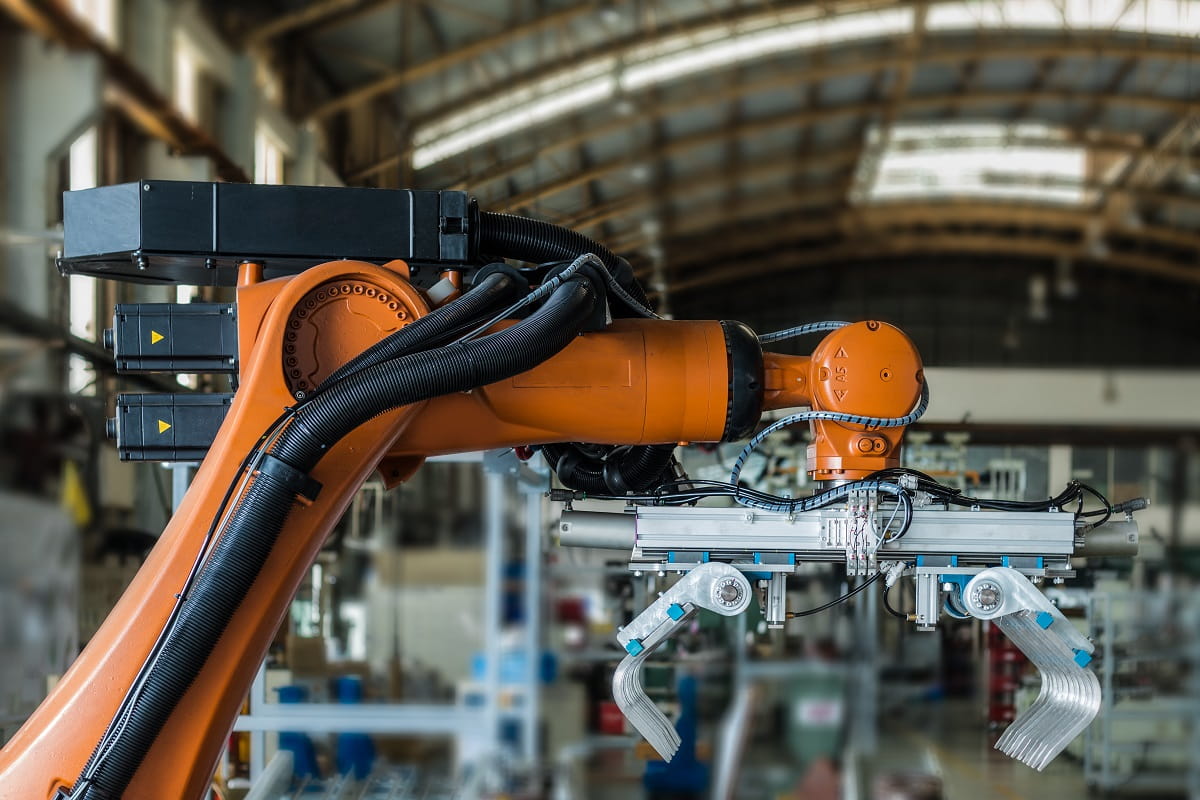Achieving the full potential of your warehouse automation investment
We recently partnered with a large multi-site distribution client to conduct an assessment. They were operating with a mix of newer, automated facilities and older, highly manual facilities. In addition to the evaluating operational and management effectiveness, the client was interested in an analysis as to whether they were using their automation investment to its full potential.
When evaluating labor utilization, we’re looking at the percentage of worker’s paid day that is spent on productive activities. Utilization is a function of front-line management having the right people in the right place at the right time doing the right work.
As we analyzed our data and compared the different sites, it became apparent that the average worker utilization at the automated facility was actually lower than the utilization at the highly manual facility. Even further, we found that the areas of high automation within the newer facility showed significantly less workforce utilization than areas with conventional functions. Given that management practices in both facilities were very similar, why was there a difference?
When Automation Impedes Workflow
The main factor reducing the worker utilization in the automated departments had to do with workstation design and workflow issues. For example, the four workstations in the client’s automated storage and retrieval system (AS/RS) area were designed for each workstation to be fed by a unique “tower” or “bank” of products. Due to this setup, many of the customer orders were required to go through each of the four workstations in sequence to fulfill the required items.
On low volume days, the management team was unable to push the work in this area to fewer workstations. As a result, resources were frequently starved for work throughout their shift. Due to the content and volume observed, it became apparent that it was unnecessary to have resources covering each workstation every day. On high volume days, bottlenecks often occurred as some workstations had to wait to complete their portion of an order until another station finished its part. This setup did not allow the management team to scale their resources to meet the changing daily production needs or to maximize utilization and overall productivity.
Even in highly manual conventional distribution centers, one of the biggest challenges is scaling the workforce from day-to-day on any given week to meet volume swings. Automation can add to this challenge, especially when it hasn’t been designed with flexibility in mind. When basic responsibilities like resource coordination and maintaining consistent workflow become more difficult in an automated setting, it’s time to review your workflows, slotting, employee scheduling, and overall system design in relation to your new technology. Additional focus on the flexibility of the system during selection and implementation may mean a higher upfront cost, but can pay off in labor savings and/or increased throughput over the life of the automation.
To achieve optimal efficiency and realize the full value of your investment, it’s important to have a flexible automation strategy and arm front-line supervisors with the proper tools, knowledge, and support to drive utilization within the new work space. When automation workflows and supervisor competencies are aligned, organizations will be positioned to reap the full benefits of automation in your warehouse.


